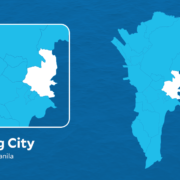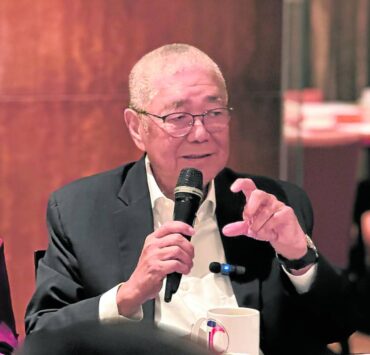A cure for the rice sector’s ills

Agriculture Secretary Francisco Tiu Laurel Jr. warned last week that the rice tariffication law (RTL), considered by many as a landmark legislation when it was passed in 2019, now “threatens to kill” the rice sector. At a hearing called by the Senate committee on agriculture, food, and agrarian reform, he appealed for key amendments to Republic Act No. 11203, which was signed into law by former president Rodrigo Duterte in 2019 and amended in December 2024 by President Marcos Jr., specifically on the restoration of the regulatory and supervisory functions of the National Food Authority (NFA) on the rice industry.
On paper, the RTL had noble goals: Allow the private sector to import cheaper rice to stabilize supply and bring down retail prices for consumers and to help farmers improve their productivity by setting aside part of the tariff revenues into the Rice Competitiveness Enhancement Fund (RCEF) for farm mechanization, seed development and propagation, expansion of credit assistance, and better extension services from the government. The problem, as in many other laws, is in the implementation of the RTL. This is particularly evident in the law’s objective of uplifting the income of farmers.
The Philippine Chamber of Agriculture and Food Inc. (PCAFI), commenting on the increase in the RCEF allocation to P30 billion a year from P10 billion, called on government agencies to do better in implementing the law.
Loose change
“The problem is in the implementation, and that’s what we should look at because of the experiences in the past,” PCAFI president Danilo Fausto said in a talk with the media last year. He cited the Philippine Center for Postharvest Development and Mechanization (PHilMech). Despite studies showing that mechanized farming has a high potential impact on boosting production, a 2023 COA report showed that PhilMech disbursed only 4.4 percent or P297.6 million of its P7.8-billion budget in 2022.
The RTL also failed miserably in its other goal of bringing down rice prices for consumers. While the imports helped stabilize the supply of the food staple in the market, retail prices did not go down as much as they should. In February 2021, the Federation of Free Farmers had already argued that middlemen who act as intermediaries between local farmers and consumers were the primary beneficiaries of the RTL. It based this conclusion on data from the Philippine Statistics Authority from 2017 to 2020 showing the differences in retail, import, and wholesale rice prices before and after the enactment of RTL in 2019. “In other words, middlemen pocketed most of the gains from cheaper imports while giving only loose change to consumers,” it pointed out.
Poor track record
Addressing these problems plaguing the RTL will need a dedicated agency to regulate the rice sector and go after unscrupulous traders and middlemen who are motivated by greed alone. This lack of oversight on the role of traders and middlemen in the liberalized rice industry has caused problems such as price manipulation, which results in high retail prices even when supply is more than sufficient, and fraud such as in the case of the alleged rice repacking scam—wherein old rice was mixed with imported rice and sold as new—uncovered during a raid by the National Bureau of Investigation in Bulacan in February this year.
Tiu Laurel noted that by fully liberalizing rice imports, the RTL unintentionally undermined the Department of Agriculture and the NFA—”stripping us of the ability to intervene and protect this most vital of commodities.”
However, the big question if ever the NFA’s regulatory powers are returned is: Can the agency function and wield its regulatory powers to the benefit of both farmers (through higher incomes by increasing their productivity) and consumers (through low prices of rice in the retail market) given its poor track record even before the rice sector was liberalized?
Regulatory powers
Only last week, NFA Administrator Larry Lacson hinted at more irregularities within the agency, saying he has issued 25 preventive suspensions and 54 show cause orders, 32 of them proceeding to administrative cases against staff members and warehouse and branch managers. In March last year, 139 NFA officials and employees were also suspended due to the sale of 75,000 bags of NFA rice without undergoing the required public bidding.
Standing by the suspension of the officials and employees, the President said the situation in the NFA does not only involve the anomalous sale of NFA rice but also some procedures within the agency that were undertaken without board approval and proper discussion.
It is now up to lawmakers to weigh the risks and the benefits of returning the NFA’s regulatory powers. It must first ensure that the agency is manned professionally before giving back such functions. Otherwise, the rice crisis will forever be here.

















